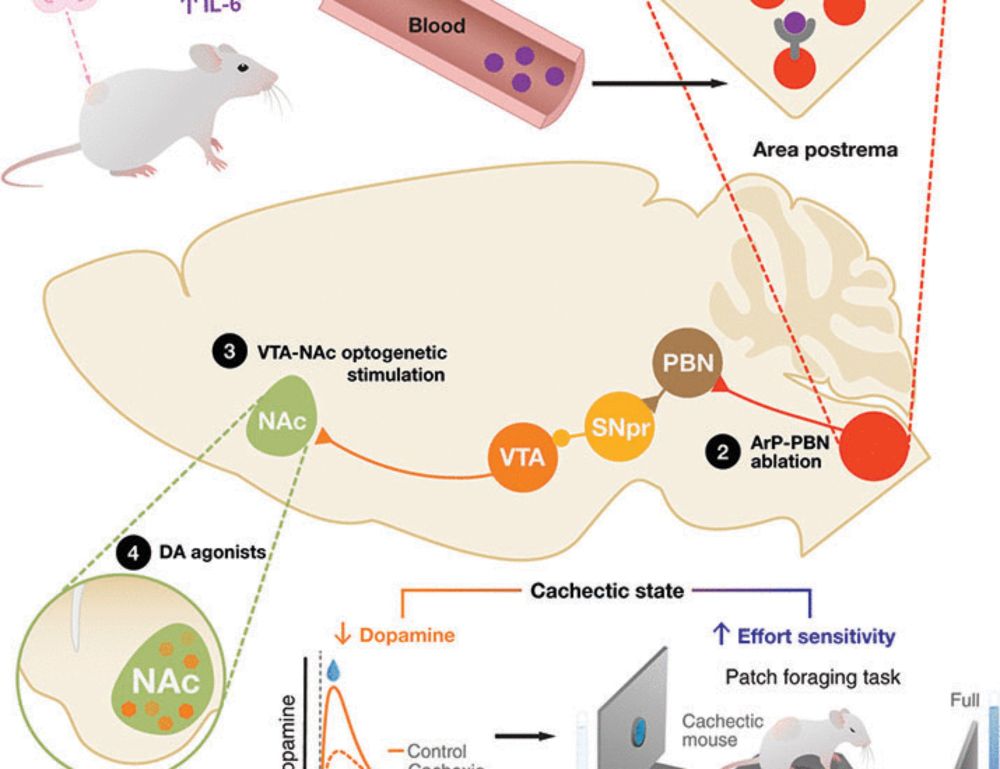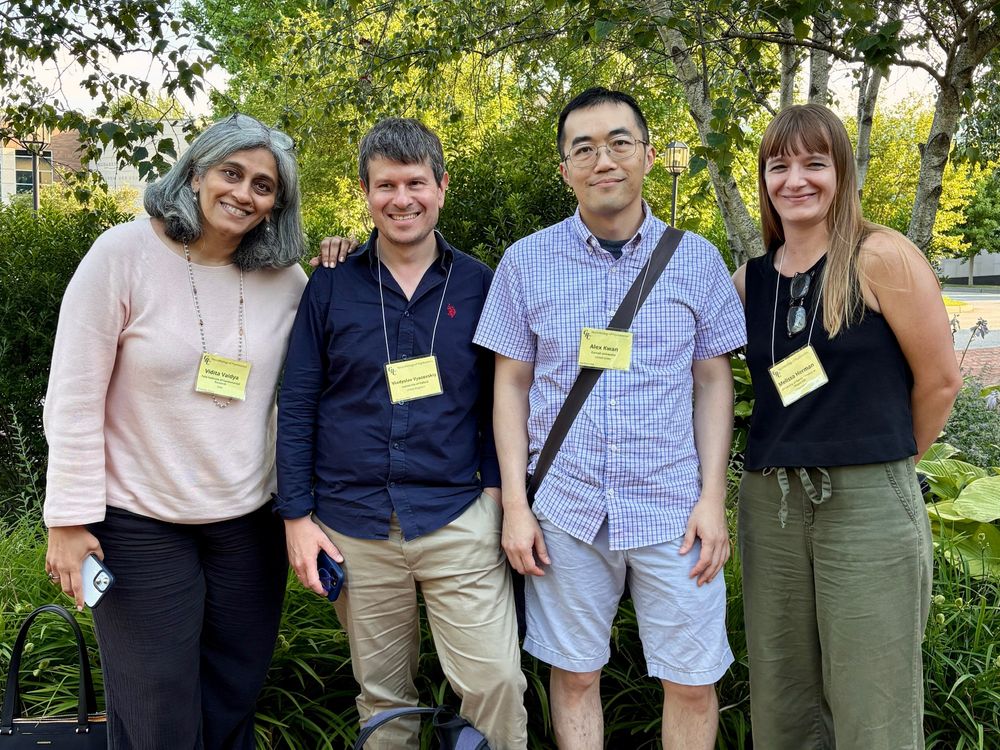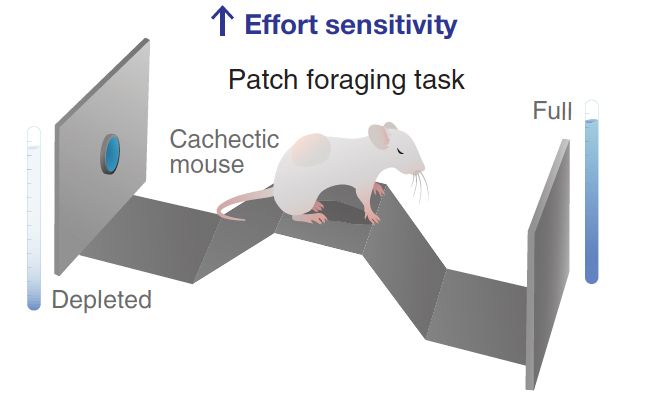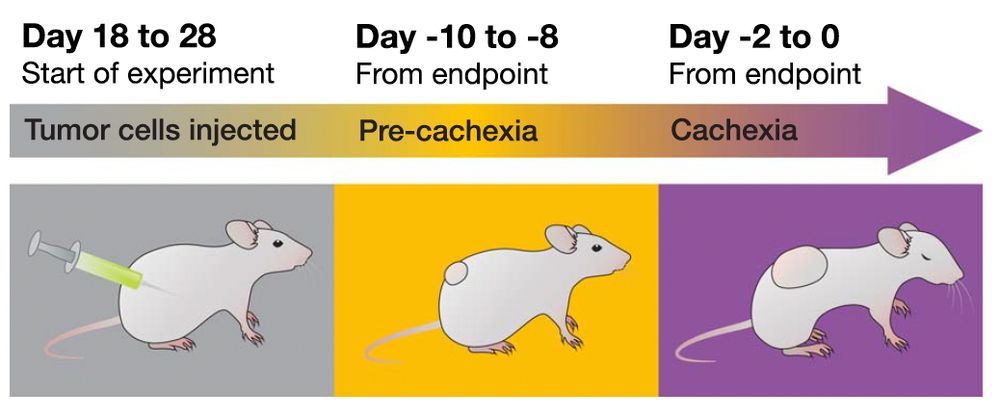Kepecs Lab @ WashU
@kepecslab.bsky.social
400 followers
270 following
33 posts
https://kepecslab.org/
Posts
Media
Videos
Starter Packs
Pinned
Kepecs Lab @ WashU
@kepecslab.bsky.social
· Apr 11

A neuroimmune circuit mediates cancer cachexia-associated apathy
Cachexia, a severe wasting syndrome associated with inflammatory conditions, often leads to multiorgan failure and death. Patients with cachexia experience extreme fatigue, apathy, and clinical depres...
doi.org
Reposted by Kepecs Lab @ WashU
Aaron Milstein
@neurosutras.bsky.social
· Aug 20
Assistant or Associate Professor (Tenured or Tenure-Track)
The Department of Neuroscience and Cell Biology at Rutgers Robert Wood Johnson Medical School (RWJMS), the Rutgers Child Health Institute (CHI), and the Rutgers Brain Health Institute (BHI) seek appli...
jobs.rutgers.edu
Kepecs Lab @ WashU
@kepecslab.bsky.social
· Jul 21
Kepecs Lab @ WashU
@kepecslab.bsky.social
· Jul 17
Reposted by Kepecs Lab @ WashU
Reposted by Kepecs Lab @ WashU
Reposted by Kepecs Lab @ WashU
Gord Fishell
@gordfishell.bsky.social
· May 3
Kepecs Lab @ WashU
@kepecslab.bsky.social
· Apr 11
Kepecs Lab @ WashU
@kepecslab.bsky.social
· Apr 11
Kepecs Lab @ WashU
@kepecslab.bsky.social
· Apr 11
Kepecs Lab @ WashU
@kepecslab.bsky.social
· Apr 11
Kepecs Lab @ WashU
@kepecslab.bsky.social
· Apr 11
Kepecs Lab @ WashU
@kepecslab.bsky.social
· Apr 11
Kepecs Lab @ WashU
@kepecslab.bsky.social
· Apr 11
Kepecs Lab @ WashU
@kepecslab.bsky.social
· Apr 11
Kepecs Lab @ WashU
@kepecslab.bsky.social
· Apr 11
Kepecs Lab @ WashU
@kepecslab.bsky.social
· Apr 11
Kepecs Lab @ WashU
@kepecslab.bsky.social
· Apr 11
Kepecs Lab @ WashU
@kepecslab.bsky.social
· Apr 11
Kepecs Lab @ WashU
@kepecslab.bsky.social
· Apr 11
Kepecs Lab @ WashU
@kepecslab.bsky.social
· Apr 11

A neuroimmune circuit mediates cancer cachexia-associated apathy
Cachexia, a severe wasting syndrome associated with inflammatory conditions, often leads to multiorgan failure and death. Patients with cachexia experience extreme fatigue, apathy, and clinical depres...
doi.org
Kepecs Lab @ WashU
@kepecslab.bsky.social
· Apr 10




